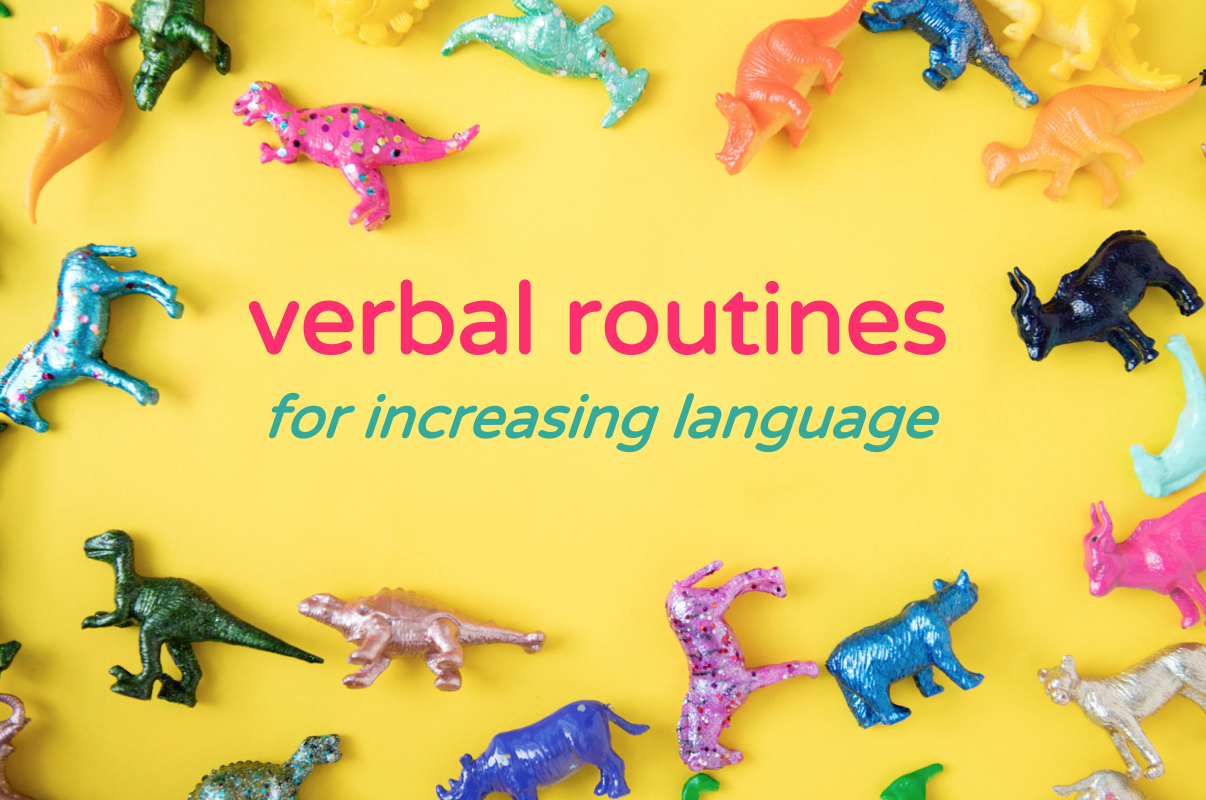Verbal Routines for Increasing Language
We all have routines in our daily life: wake up, brush teeth, breakfast. As adults, we tend to follow routines without giving them a second thought. For our children, we begin to establish routines in early infancy, from feedings to bedtime, to help them gain a sense of predictability. But what about verbal routines?
Verbal routines are words that become predictable because you say them the same way, in the same activity, repeatedly. Common examples of verbal routines are statements such “1,2,3”, “ready, set, go” or favorite songs and nursery rhymes. Introducing verbal routines into your daily routines can be a great way to promote speech and language skills in children. Here are some ways you can incorporate verbal routines into your day:
- Morning
- “Rise & Shine!”
- “Good morning, good morning, it’s time to start the day!”
- “Brush, brush, brush your teeth, make them nice and clean!”
- “It’s breakfast time!”
- Daytime/Playtime
- “Let’s get in the ‘Car, Car, C-A-R!’”
- “It’s playtime!
- “Clean up, clean up everybody, everywhere. Clean up, clean up, everybody do your share.”
- Evening
- “It’s dinner time!”
- Pick a favorite family prayer, and say it before each meal
- “Splish, splash, it’s time for bath!”
- Say a favorite bedtime prayer each night
- “Night, night, sleep tight”
Give an added bonus to your verbal routines by incorporating your child’s name or making your repetitive phrases into little songs or rhymes. As noted in our feature on children’s books with repetitive text, rhythm and rhymes allows words to be easily memorized and lets children anticipate the words that come next.
Next time you use a verbal routine, start it but don’t finish it, leave a pause and look at your child expectantly. Give your child the opportunity to fill in the missing word(s).
How will you incorporate verbal routines into your day? Ready, set, go!
References: Speech Room News, LLC , 1SpecialPlace







